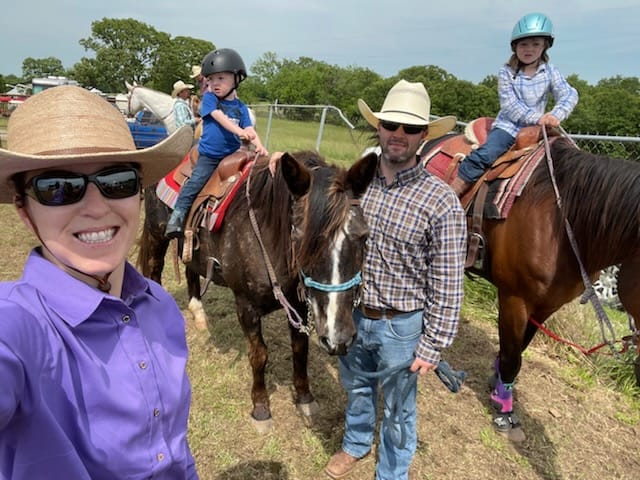![]()

By Sonni Cochran, Nebraska Extension Educator, Disaster Education Coordinator
Everyone should have an emergency plan for their home, farm, or ranch operation. The plan doesn’t have to be complicated – it can be very simple. It also doesn’t need to cost a lot of money. Involve everyone in the family, as well as any employees. Below are some guidelines to get you started.
Identify Hazards and Risks – Consider the hazards and risks found in your area. Not everyone will have the same hazards. You may live where severe storms or wildfire risks are common. A possible hazard might even be a highway or railroad intersection near your property.
Create a Map – When seconds count, your home, farm, or ranch maps are a key source of information for first responders. Map your home property. If you have farm or ranch operations, create a map of all locations, including any land you rent. A map can help identify hazards on these properties and help you identify primary and secondary evacuation routes.
Features of the map can include:
- Buildings and structures – be sure to label these. Label and number grain bins (Grain Bin #1, Grain Bin #2).
- Roads, lanes, and driveways.
- Locations of all livestock (if you have livestock on several properties, note and map those locations).
- Gates, fences, and all access points.
- Irrigation pumps and wells.
- Hazardous materials (fuel, chemicals, manure pits, pipelines).
- Locations for electrical, water, and gas shutoffs.
Keep the maps simple and easy to read. Make copies and place them in binders along with other emergency information. Keep the binders in strategic locations (barn, house, vehicle) – wherever you need quick access to provide information to first responders.
Communications Plan – You may not remember important phone numbers in a disaster or even have access to your cell phone. Create a paper copy with contact information for family members, doctors, school, veterinarians, and more. Include at least one contact in another part of the state or country that everyone in the family can text to let them know they are safe. Put this list in your disaster kit and add it to your emergency plan binders.
Talk about these questions with your family:
- What if something happens and I’m not with my family or away from the farm or ranch?
- How will I reach my family or employees?
- How will we let each other know we are safe?
Make a Kit – A disaster or emergency kit or “go-bag” should provide the basic supplies for your household and/or employees while sheltering in place following a storm or if you must evacuate. Consider the needs of your family and don’t forget your pet(s). For information on building a kit, visit https://Ready.gov.
By being prepared and taking action now, you’ll strengthen your resilience and help protect who you love and what you love. For more resources, visit Nebraska Extension’s Disaster Education website at https://disaster.unl.edu.
